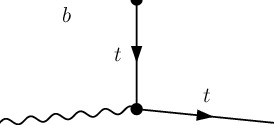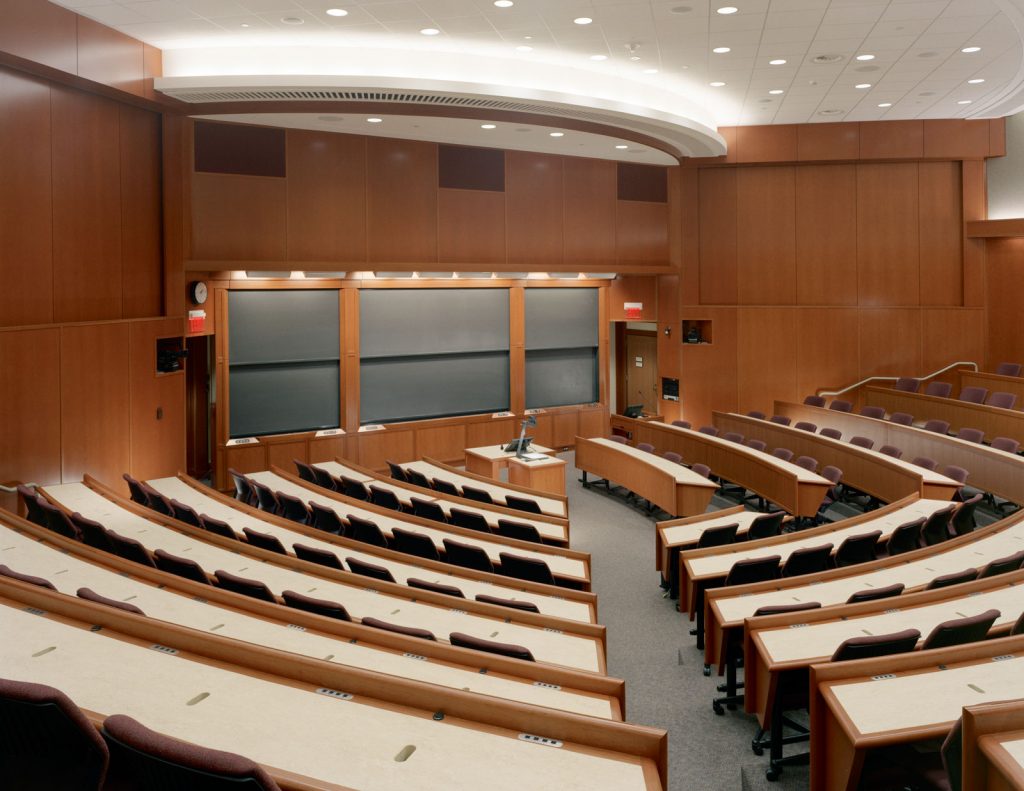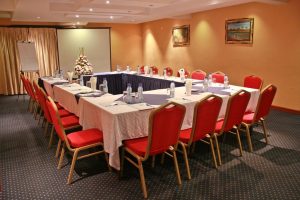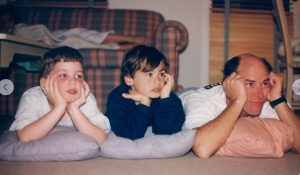I closed a recent blog post with the following observation
I struggle with advice about how to work at the level of ideas that haven’t found a home yet. This distinction of making a note promises to be a path into making more sense, more systematically, of that middle space and time before I know what the destination might be. (From Taking Notes to Making Notes)
It’s the sort of idea the often surfaces as I work on a piece of writing that I’m developing into a prospective blog post. I’m now viewing it as an example of what I’m trying to sort out as I learn how to “make” notes.Â
Right now I don’t know whether the struggles I am wrestling with are a function of fighting against the years of doing things a different way, a marker of individual flaws in the way my brain works, or some challenge inherent in the process. I study the advice and recommendations of others whose thinking feels compelling. And then I fight with it as I try to apply the advice as I understand it.Â
My habits and practices are the accretion of years of doing what works for me. Most of that experience hasn’t been examined or explored in any systematic way. I encounter, read about, and seek out advice and suggestions from all sorts of sources. Some of it is intriguing enough to try out and experiment with. I run the experiments based on whatever partial understanding I’ve managed to take away from the advice. Some stuff sticks in some distorted version filtered through my assessments of those experiments.Â
Let me try an example to make this more concrete. Many years ago, I came across Peter Elbow’s work. I don’t recall whether I stumbled across Writing Without Teachers or Writing With Power first. Doesn’t really matter. I had a new technique to play with–“freewriting.” Get stuff out of your head and onto paper (or a screen) where you can see it. Don’t strive for the perfect sentence or turn of phrase in your head.Â
But there were elements of Elbow’s recommended practice that didn’t work for me. Elbow assumes you are doing freewriting by hand. Word processors were not household items when he formulated his process. He advises writers to push on at all costs; keep making marks on paper, don’t stop to review, write nonsense if you find yourself getting stuck. Elbow’s goal is to help you find a state of flow, to suppress your inner critic.Â
Elbow never saw my handwriting. Achieving flow doesn’t help if you can’t decipher what you wrote a few hours earlier. Sometime before the arrival of word processing, I got the advice to learn to create at the keyboard. I wrote drafts of consulting reports at a typewriter well before I had access to word processing. My poor handwriting was the impetus, but the more important benefit for me was that I can type faster than I can write. Which meant it was easier to capture thoughts before I lost them.
At a typewriter, going backwards doesn’t make sense so you’re not faced with the opportunity to correct on the fly. With a word processor, you can go back as easily as forward, so now you have a choice about whether to do so. More often than not, I will correct typos if I see them in the moment. I don’t hold to a hard and fast rule; rather I do whatever feels least disruptive to my flow. So, now I’ve violated another “rule” in the method I am trying to adopt.
I also discovered Anne Lamott’s Bird by Bird and she granted me permission to write shitty first drafts. They had been shitty anyway, but now I had someone explain that that was okay and merely a step along the path.Â
That path is well worn but not paved. There’s a discernible evolution fromÂ
- random notes toÂ
- something that feels like an idea worth exploring toÂ
- the emergence of a potential outline or roadmap toÂ
- snippets of a draft toÂ
- something that might qualify as a shitty first draft toÂ
- rounds of editing and polishing to
- finished product
This is a rough snapshot of the process that has worked for me through decades of writing. Laying it out like this makes it look more systematic than it actually is and I don’t feel that it looks all that systematic.Â
What surfaces for me here is how much of my practice is driven from a deliverable of some sort; there’s a consulting report, a speech, a class session, a column, a blog post looming somewhere in the distance. I am working toward an endpoint, however dimly perceived.
Until I can see an endpoint, I struggle with what to do next. Once I do see an endpoint, or have one imposed by external forces, I start shaping material to fit that endpoint. Generally, I think that is a good thing, but it does mean I have to be willing to scrap things that won’t fit. That becomes easier with practice.
As you learn to care about your craft, you are always on the prowl for potential improvements. For the past 22+ months that has led to a focus on how notes might play a more central role. Most recently, that has been working to understand the distinction between note-taking and note-making, which was the trigger for this post.Â
Having that distinction is only a baby step; the challenge is to work out what it means to incorporate the distinction into day-to-day practice. There’s new terminology, of course; ephemeral notes, permanent notes, atomic notes, evergreen notes. Still only another baby step; working out how to create these artifacts has been a bigger, still unfinished, step. These new artifacts don’t obviously map to what I produce in my current workflows.
The challenge that I am attacking now is that it’s hard to find worked examples of these techniques. You can find advice and recommendations on what various proponents and experts believe works for them. But these ideas are new enough that there aren’t well established practices to emulate. You’re left with trying to reverse engineer and interpolate practices from what you can observe.Â
Most recently that has had me following the work of Andy Matuschak. He’s a software developer in this space who has been sharing what he describes as his working notes. He’s also attempting to offer a window into his practices. His observations on Evergreen note\-writing as fundamental unit of knowledge work and on Executable strategy for writing have both proven valuable as I work to improve my own knowledge work practice.Â
Two asides here. One, I’d be thrilled if more of my finished products were as well thought out as his working notes. I’m telling myself that this is one key reason to investigate his work. Two, Matuschak is experimenting with Patreon as a means of supporting his research. I judge it an excellent return for a modest investment.Â
There are also several online communities working these vineyards. Fellow travelers can make a difference. I’ve been monitoring;
If getting better at knowledge work is one of your objectives, look for your own companions and watering holes.
 It was the prototypical professor’s office. Book lined shelves, stacks of paper on most horizontal surfaces, ivy-covered walls visible across the courtyard. The day before, we had paid a visit to a potential case site. I was a newly-minted case writer meeting with my boss, Professor Cash. I was a former student and had left a lucrative consulting job In a quest to obtain a doctoral degree.Â
It was the prototypical professor’s office. Book lined shelves, stacks of paper on most horizontal surfaces, ivy-covered walls visible across the courtyard. The day before, we had paid a visit to a potential case site. I was a newly-minted case writer meeting with my boss, Professor Cash. I was a former student and had left a lucrative consulting job In a quest to obtain a doctoral degree.  During my time as a case-writer and doctoral student I was able to observe faculty teach in these rooms without the burden of having to prepare for class (other occasions when I hadn’t prepared constituted a different sort of burden). A professor at the board or in the pit still occupied the position of power and authority. What was fascinating to watch was how professors roamed about the entire space and managed the power dynamics accordingly.
During my time as a case-writer and doctoral student I was able to observe faculty teach in these rooms without the burden of having to prepare for class (other occasions when I hadn’t prepared constituted a different sort of burden). A professor at the board or in the pit still occupied the position of power and authority. What was fascinating to watch was how professors roamed about the entire space and managed the power dynamics accordingly. It’s a Saturday morning. I’m in an anonymous meeting room at the Intercontinental Hotel in Chicago, hosting a morning workshop as part of our monthly All Hands Meeting of Diamond Technology Partners. It was 1994 and we could still fit in a single medium-sized conference room. A few years later we would fill the main ballroom.
It’s a Saturday morning. I’m in an anonymous meeting room at the Intercontinental Hotel in Chicago, hosting a morning workshop as part of our monthly All Hands Meeting of Diamond Technology Partners. It was 1994 and we could still fit in a single medium-sized conference room. A few years later we would fill the main ballroom. I’ve always been fond of Robert Frost’s line “home is the place where, when you have to go there, they have to take you in.” While not an Army Brat by any means, I did go through a series of moves in my early years that left me with a sense that there wasn’t a single place that counted as home. Feeling home became a psychological state that I could achieve in multiple ways.
I’ve always been fond of Robert Frost’s line “home is the place where, when you have to go there, they have to take you in.” While not an Army Brat by any means, I did go through a series of moves in my early years that left me with a sense that there wasn’t a single place that counted as home. Feeling home became a psychological state that I could achieve in multiple ways. It once was only poets and storytellers who spent time occupying spaces that weren’t there in front of you. The rest of us were anchored to a plot of land, a cobbler’s bench, or a stall in the market.
It once was only poets and storytellers who spent time occupying spaces that weren’t there in front of you. The rest of us were anchored to a plot of land, a cobbler’s bench, or a stall in the market.